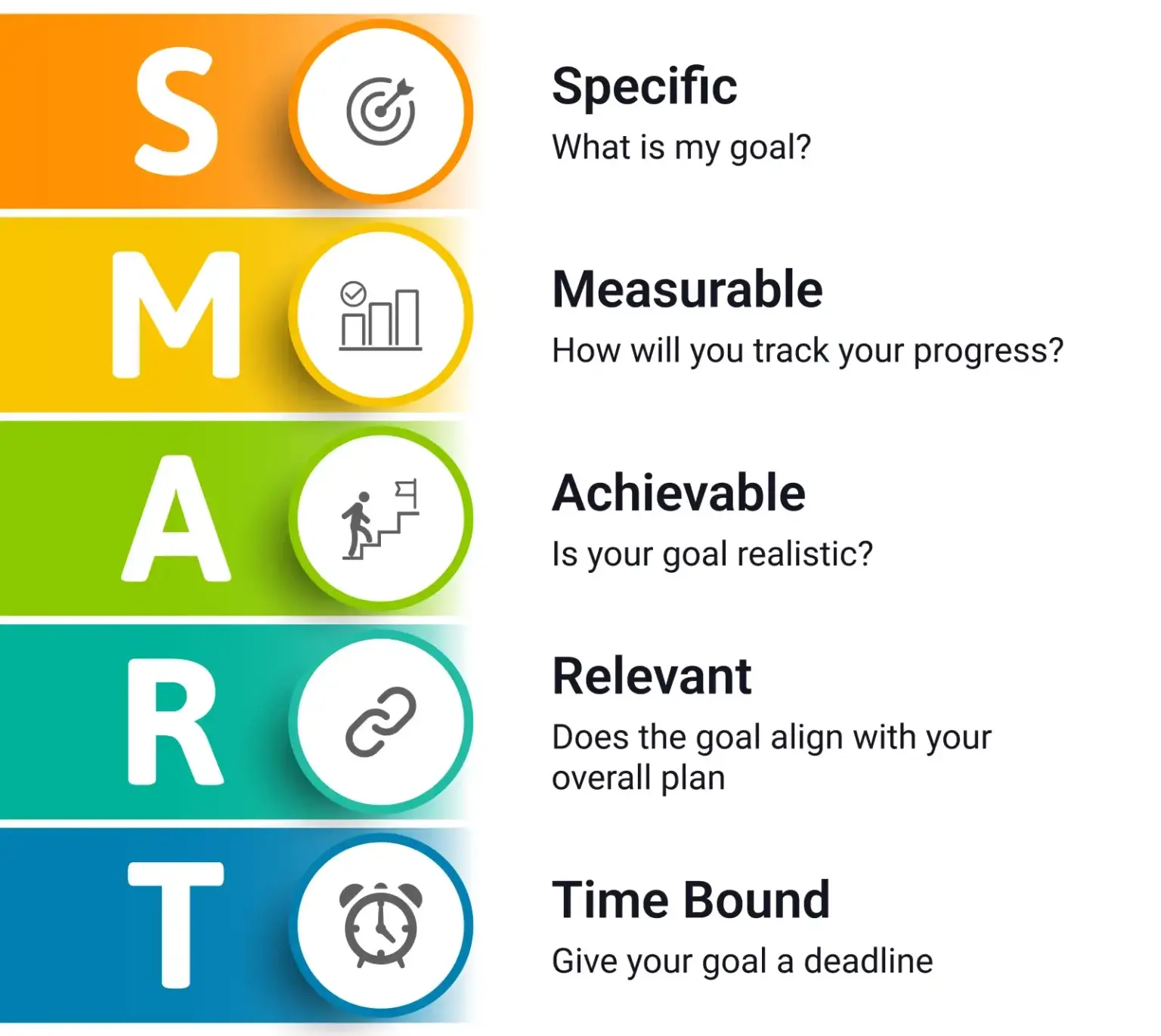Performance reviews have a reputation for being tense or formulaic, but in field service companies, they’re one of the most valuable tools a manager has. A well-run review helps team members understand what’s expected, where they’re excelling, and how they can grow. More importantly, it strengthens trust and accountability — two things that keep jobs on track, customers happy, and teams motivated.
For field service managers, this process isn’t about ticking boxes or dishing out ratings. It’s about guiding your people towards better performance, safer work, and continuous improvement. When approached correctly, review meetings become less about paperwork and more about progress.
1. Shift the Focus from Appraisal to Improvement
Many companies still treat performance reviews as backward-looking audits — measuring what went wrong, who hit targets, and who didn’t. That’s a mistake. According to leadership expert Bernard Marr, the most productive reviews spend only about 20% of the time looking at past results and 80% discussing how to improve future performance.
For field teams, that forward focus is crucial. Instead of rehashing last quarter’s call-out statistics or timesheet errors, use reviews to discuss:
-
How the technician can improve first-time fix rates.
-
What support they need to reduce job delays.
-
How processes can be adjusted to make their workday smoother.
Framing the meeting around improvement turns it from an evaluation into a coaching session — and that mindset shift changes how your team feels about feedback.

2. Build Year-Round Performance Foundations
A performance review isn’t a one-off event. The best managers treat it as a checkpoint in a continuous cycle of communication.
Start by keeping a simple performance log for each team member — notes on good work, missed deadlines, customer feedback, or training completed . These notes don’t need to be long; just record facts and examples. That record will make reviews far more accurate and remove recency bias.
Next, offer feedback throughout the year. A quick word after a job, or a brief one-to-one each month, helps keep people informed and confident. Regular contact means fewer surprises later.
Finally, use weekly or fortnightly check-ins to track progress against goals. This habit builds a culture of accountability and transparency — and when review time arrives, both sides already know what’s working and what needs attention.
Fieldmotion Brochure
See how Fieldmotion helps field service teams manage jobs, schedule staff, create invoices, and communicate with customers — all from one easy-to-use system.
3. Prepare for the Review: Data, Context and Intent
Preparation separates good reviews from awkward ones. Before you meet:
-
Gather job performance data — such as completion rates, quality scores, response times, and customer satisfaction.
-
Review your notes from previous one-to-ones or reviews.
-
Identify concrete examples of both achievements and improvement areas.
Then, ask the employee to prepare as well. Encourage them to bring a list of what they’re proud of — jobs handled well, difficult customers managed, or challenges they’ve overcome .
This joint preparation sets the stage for a balanced, fact-based discussion rather than a defensive exchange. It also signals respect — you’re showing that their perspective matters as much as yours.
Before the meeting, be clear on your intent. Your goal isn’t to catch someone out; it’s to understand, support, and develop. Enter with that mindset, and the tone of the conversation naturally becomes more constructive.
4. Start the Conversation Right
The opening minutes of a review set the emotional tone. Managers who dive straight into targets risk creating tension. Instead, start with rapport. A brief personal check-in — asking about their week or upcoming plans — helps lower defences .
Then, explain what the meeting will cover:
-
A review of performance and progress.
-
Discussion of development and future goals.
-
An opportunity for both sides to give feedback.
Setting that structure up front reassures the employee that this will be a fair, two-way discussion.
A good rule of thumb: talk with them, not at them. Use open questions like “How did you feel that project went?” or “What support would help you improve turnaround times?” These prompts invite reflection and show you’re there to listen, not just to judge.

5. Give Balanced, Constructive Feedback
Feedback can make or break a performance review. When handled poorly, it feels like criticism; when handled well, it inspires confidence and improvement. The key difference lies in being specific, factual, and balanced.
Avoid general statements such as “You’ve not been performing well.” Instead, point to clear examples:
“In the past month, three service reports were submitted late. Let’s look at what caused that and how we can prevent it next time.”
Frameworks help. Two of the most effective are:
-
SBI (Situation–Behaviour–Impact): Describe the situation, the exact behaviour observed, and the impact it had. For example, “In Monday’s meeting (Situation), you interrupted the technician presenting his report (Behaviour), which made it harder for the team to follow the discussion (Impact).”
-
Start–Stop–Continue: A simple model for structured conversations — what should the employee start doing, stop doing, and continue doing .
These approaches remove emotion and subjectivity, turning feedback into a conversation about observable facts.
Also, make sure your ratio of positive to developmental feedback is healthy — ideally three-to-one. Recognising strengths isn’t just about being kind; it reinforces the behaviours you want repeated. When people leave the meeting knowing what they do well and what to build on, they’re far more likely to act on your advice.
6. Address Underperformance the Right Way
Few tasks test a manager’s leadership more than dealing with underperformance. But ignoring it is worse. Avoiding poor performance signals to everyone else that it’s acceptable — and that can drag down the entire team .
The first step is to talk early. If a technician’s paperwork is constantly incomplete or jobs are slipping behind schedule, bring it up as soon as the pattern emerges. Be calm, factual, and empathetic. Explain what you’ve noticed, why it matters, and ask for their view. Often, there’s a legitimate reason — unclear processes, unrealistic workloads, personal issues, or a simple lack of skill training.
Once you’ve identified the cause, work together on a clear improvement plan. That plan should include:
-
Specific expectations (e.g. “All job reports completed within 24 hours”).
-
A short, realistic timeframe (e.g. three months).
-
Regular checkpoints for reviewing progress.
-
Agreed support — whether that’s coaching, mentoring, or technical training.
Document it in writing and revisit it regularly. Importantly, if progress remains poor, follow a fair and transparent formal process. But remember, most employees want to improve. A supportive, structured approach shows you’re invested in their success — and often turns performance issues into long-term loyalty.

7. Co-Create Goals for the Year Ahead
The most effective performance reviews end with forward momentum. That means setting meaningful, shared goals that align the employee’s personal development with business priorities.
Start by reviewing the company’s objectives — for example:
-
Reducing job recall rates by 10%.
-
Increasing preventive maintenance visits.
-
Improving customer response times.
Then break these down into individual goals that feel relevant to the employee’s daily work. Avoid copying and pasting company KPIs directly into every technician’s review; instead, personalise them. Someone responsible for scheduling may focus on optimising routes, while a senior engineer might target mentoring apprentices.
Set goals that are SMART — Specific, Measurable, Achievable, Relevant, and Time-bound. But also make them meaningful. Employees are far more engaged when they understand why the goal matters and how it contributes to the bigger picture.
Finally, agree on development opportunities alongside performance targets. That could include:
-
Technical training for new equipment.
-
Shadowing senior engineers.
-
Soft-skills workshops in communication or customer handling.
When goals are co-created rather than dictated, employees take ownership — and that ownership is what drives consistent improvement in the field.

8. Follow Up and Keep the Momentum
A strong performance review doesn’t end when the meeting does. The follow-up is where real improvement happens.
Within 24 hours, send a short written summary of what was discussed — key points, agreed actions, and any support promised. This written record avoids confusion and shows commitment from both sides.
Then, schedule check-ins to review progress. These can align with your regular one-to-one meetings. Use them to:
-
Review how the employee is tracking against goals.
-
Offer quick feedback and encouragement.
-
Adjust expectations if priorities or conditions change.
This ongoing rhythm keeps performance management alive between formal reviews. It turns goals into habits and builds accountability in a way that annual reviews alone never could.
A good manager also celebrates small wins. Recognising improvements — whether in job completion rates, communication, or teamwork — reinforces motivation and signals that progress is noticed.
Ultimately, your goal is to make the review conversation continuous. By keeping the dialogue open year-round, performance management stops being an event and becomes part of the team’s culture.
9. Build a Culture of Continuous Feedback and Trust
Performance management works best in a culture of openness and trust. Without it, even the most carefully planned review can feel forced.
Steve Jobs once said that Apple’s success came from teamwork built on trust and the freedom for great ideas to win — not hierarchy . The same principle applies to managing field teams. When technicians and managers trust each other to be honest and supportive, feedback becomes normal, not personal.
Encourage your team to share upward feedback too — what’s working in your management style, what could be clearer, and what support they need. This creates a feedback loop where everyone learns.
Trust also grows from consistency. If employees see that feedback is always delivered fairly, supported with data, and followed by action, they’ll approach every conversation with less anxiety and more openness.
A culture of continuous feedback turns performance reviews from a yearly formality into a shared responsibility — a cycle of improvement where everyone benefits.
Fieldmotion Brochure
See how Fieldmotion helps field service teams manage jobs, schedule staff, create invoices, and communicate with customers — all from one easy-to-use system.
Conclusion
Performance reviews are often misunderstood as an administrative task, but in field service companies, they’re an essential leadership tool. Done right, they help technicians grow, align teams around shared goals, and drive better results for customers and the business alike.
Effective reviews combine structure, empathy, and follow-through. They balance data with dialogue, hold people accountable while showing support, and focus on what’s next rather than what’s past.
Start small: keep regular notes, hold consistent check-ins, and treat every review as an opportunity to listen as much as you lead. Over time, you’ll build a culture where feedback is normal, performance improves naturally, and your team feels valued and motivated.
Tip: Fieldmotion’s job management platform makes it easy to track performance data, completion rates, and customer feedback — giving managers clear insights for fair, productive review conversations that drive improvement all year round.




